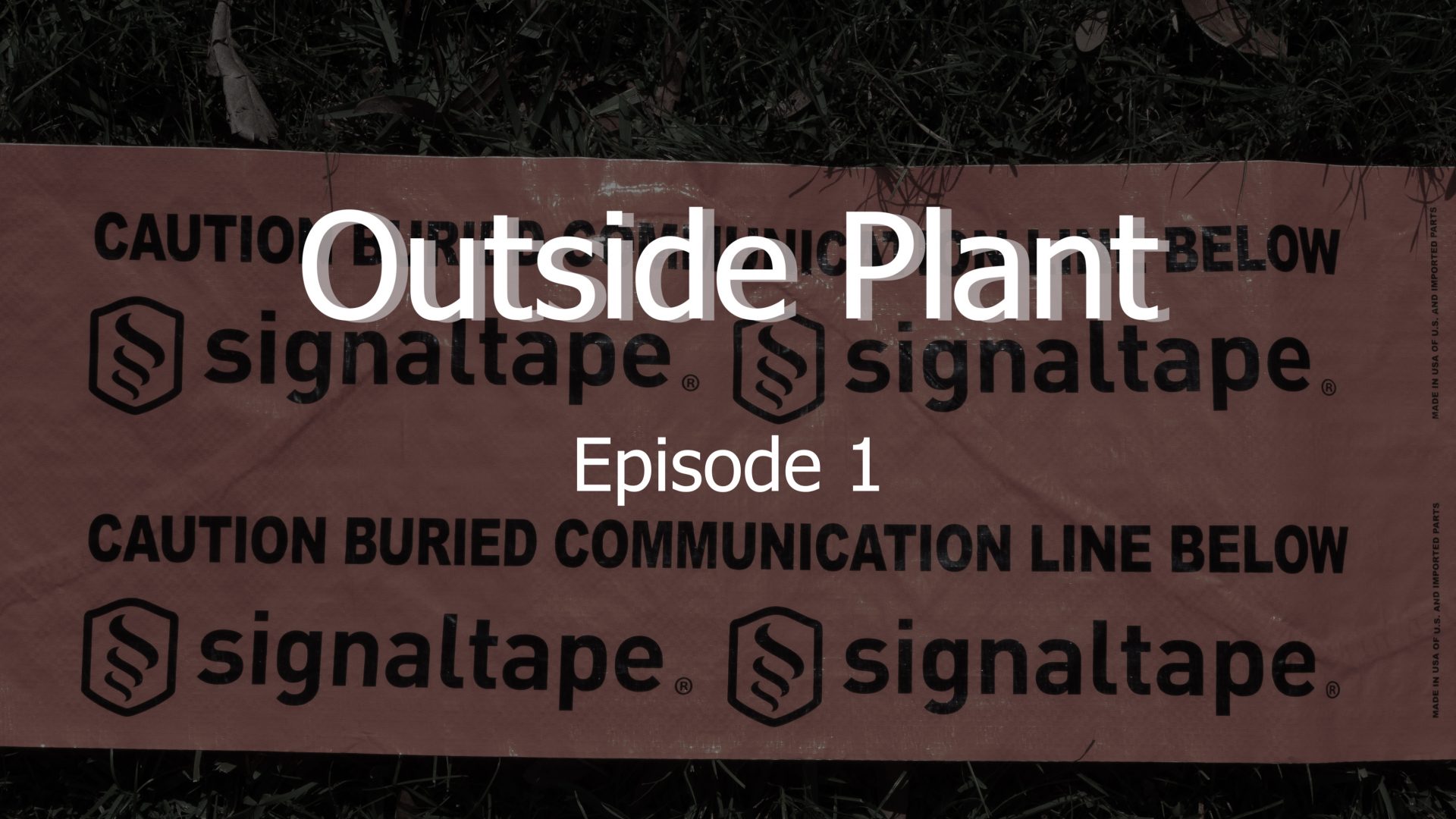Audio Version of Post
Episode 1
Route Design
Today, let's talk about route design. One of the great fears of the outside plant designer lies in what may happen in the future. What if the road is widened. What if a new subdivision or office park is built.
When you're planning a new route, one of the first things to do is to contact the local or state highway department, to see if there are any projects planned in your area. Then if you can design your route to avoid these areas, it will save you from moving them later. Road move projects are one of the least liked tasks for any outside plant designer.
The next consideration is to determine which other utilities occupy the space of your proposed route. Power, water, sewer, gas, cable tv, other communications lines, all either active or abandoned will have an impact on your route planning. Even if everything appears to be aerial, you still have to be concerned with water, sewer and gas lines.
Once you've made a preliminary decision on the route you want to use, contact your local utility locating service to see if they will mark the position of the other utilities to use during your design process and prior to actual construction. Depending on where you live, you may have to contract with a private firm for this service or request records from the other utilities. Prior to requesting this locate, you should paint white lines along the perimeter of the route to help the locator better define the exact location of the utility.
In some cases, test holes may need to be dug to verify the depth and location of the utility. These holes can be created by hand digging or using other non destructive methods such as water jets or air knives. Once the utility is located, record and mark the location and depth so it can be plotted on a plan and profile drawing of the route to be used in your design documents.
Make sure you use this information to make sketches and note the distances from curb, center line or property lines of conflicting utilities. Consider using drone photography to get an aerial perspective as well as to provide GPS locations for obstacles along the path. It's very important to record everything about the current condition of road surfaces, sod, mail boxes, utility cabinets, street signs, etc. Being the litigious society that we are and in case of a lawsuit, you want to be able to prove that your installation restored everything to it's before construction state.
After all of this is done, you may find that it is more cost effective to alter your proposed route or type of installation.
Next week, we'll talk about pathway selection.


